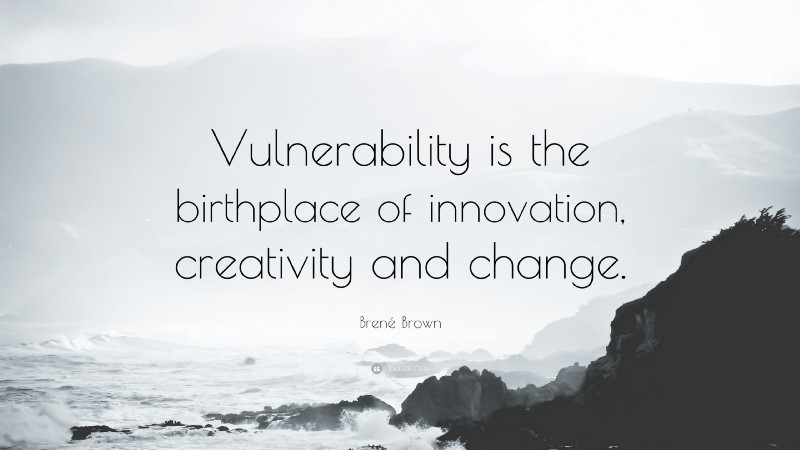In the Black Mirror episode, ‘Nosedive’ Lacie’s every interaction is rated on a five-star scale. Her friend’s rate her likeability, the barista rates her banter, and a job interviewer rates her employability. Through augmented reality and an ever-present social media platform, her societal worth is displayed for all to see. Depending on her score, she gains perks and access to certain social functions, services, and opportunities.
![]()

![]()
This may be a spooky future dystopia but it’s not that far-fetched. Already, in our reputation economy, influence is achieved by demonstrating just how good you are.
While the Black Mirror episode forces us to reckon with the serious consequences of the reputation economy, it does present us with some interesting possibilities at the workplace—namely the possibility of breaking down hierarchy and allowing employees to manage their own workflows. No more useless posturing overshadowing productivity. In the organization where hierarchy is amorphous, individual merit and the authority it wields is rightfully earned.
A Shapeless Wonder
The shift taking place in the way we work is dubbed self-management. At its most rudimentary, it means companies without bosses. But what it’s predicated on — trust, competence, and dignity — is much more revealing of the change in our approach to how work gets done.
Self-management is a deliberate choice adopted to help the company advance its mission. It’s an ongoing experiment that evolves over time much the same as people do. The practice helps workers get comfortable with uncertainty, adopt a beginner’s mindset, strive to continuously improve, and foster an ability to make meaning,
Like a two-way Uber review, you know your colleagues are performing at their peak and so you too seek to punch above your weight. And while it may not suit everyone, the benefits of self-management are hard to argue against —more engaged, happy, creative, collaborative, and productive workers.
Please Allow Myself to Manage Myself
The name of the game is to manage yourself with ease. And with more and more workers striking out on their own the game is only going to get more demanding. Players — whether inside or outside company walls — need acute self-awareness and self-efficacy to do work that has value and gets them paid. They possess an appetite for risk, a wide-angle worldview, and a habit of showing up on time and ready to shine. Most of all, they don’t get caught up in doing things just the right way, they do the right thing.
Self-management cultures treat employees like adults so people can shape their own work: freely collaborating with colleagues, managing their own time, and making conscious decisions on how to best contribute. This keeps employees engaged and provides a safe container for people to stand up and speak their truth. You’re encouraged to be you.
The true benefits of self-managed organisations are exemplified in Dutch neighbourhood healthcare provider Buurtzorg. Here, front-line nurses hold the authority to make decisions that affect their own work. They end up using less than 40% of the hours that Dutch doctors have stipulated for patient care, reduce all emergency hospital visits by 30% and save the Dutch healthcare system hundreds of millions of euros every year. Patients also heal faster, stay in care half as long, and become more autonomous. Small wonder Buurtzorg is consistently rated employer of the year and has become the poster child for healthcare providers the world over.
The Organisation as an Organism
In 1980, a newly appointed CEO of Brazilian manufacturer Semco Partners did something radical. The fresh-faced twenty-one-year-old Ricardo Semler abruptly fired 60% of the top managers. He then took a bigger leap of faith by permitting staff to set their own hours. They could now commute when traffic was lighter in an ultra congested Sao Paulo, but more importantly, it sent a message: ‘we trust you’.
Semler has been championing self-management long before it was a “thing”. At Semco, the sentiment “get your work done and enjoy your life” is not a suggestion but a mandate. Semler foresaw that giving people more control over how they work not only helps them perform at their best, it also helps them understand and optimize the system of work that underpins the entire organization.
Today effective managers are a rare breed – only one out of every 10 have what it takes to be a courageous leader. Hence a practice like self-management, that rids of managers altogether, has come into favour. Through the advice process workers can use their creativity and problem-solving abilities do what they deem best. Being your best’ and doing work that matters holds currency because the values and goals of the company are worthy. Leadership becomes a participatory endeavour where BS isn’t tolerated and biases are to be checked at the door.
And what might self-management look like with 70,000 employees? A lot like Chinese consumer electronics company Haier. They’ve banished nearly 10,000 middle managers and reorganized into an ecosystem of startups where employees are entrepreneurs. Workers are active participants hungry to share risks and rewards. And as a result, the company continues to be the world’s number one appliance maker.

What works for Semco or Haier will not work for others. Spotify’ has its unique brew of self-management and so does Tomato Processor Morning Star and blogging platform Medium. The point is to borrow from self-management practices in a way that treats the organisation as an organism — responding to current needs as situations change.
(Don’t) Throw Caution to the Wind
There are several challenges to running a company with no bosses. When you cannot hide from the truth — egos, fears, and motivations are all exposed. Perceptions shift and people see the forest for the trees hide from the truth. Some folks will make a move within the organisation in order to make a better contribution. Others will become complacent and fail to perform and typically quit or get fired. This emotionally charged atmosphere can be both powerful as well as a drag. The vulnerability required is not for the faint of heart and some don’t want to deal with all the extra office baggage when they get enough of it at home.

In 2013, when Zappos made the move to holocracy (the former flag bearer of the self-management movement), 29% of the company’s staff abandoned ship. This is the type of collateral damage that can be expected. So before implementing a self-management practice, it’s imperative that all workers have chosen to come aboard. Only then can the organisation take advantage of processes and behaviours that respond well to changing winds. And as these practices gel, they help form an operating structure that guides the company in sailing its ship. Workers are less preoccupied with the destination and wholly committed to the journey.
A shapeless company does not necessarily mean a chaotic one. It’s just that Influence flows to the right people at the right time and the roadblocks of middle management and office politics melt away. Edwin Jansen, head of growth at managerless HR company Fitzii explains that self-management generates more value for staff, partners and customers. Ask others at Patagonia, Buffer or Automattic and they’ll agree.
When everyone is a leader, the spirit of a business is not about having all the right answers but about asking better questions Information is freely shared and decisions collectively made with the knowledge that it helps teams quickly learn and adapt.
To roll with the times, self-management will evolve into some new organizing model. These companies at the frontier will be increasingly agile. They will adhere to one tenet so simple yet all too often ignored: it’s humans that make the business. And propelling us to achieve a five-star rating might not be such a bad thing after all.
